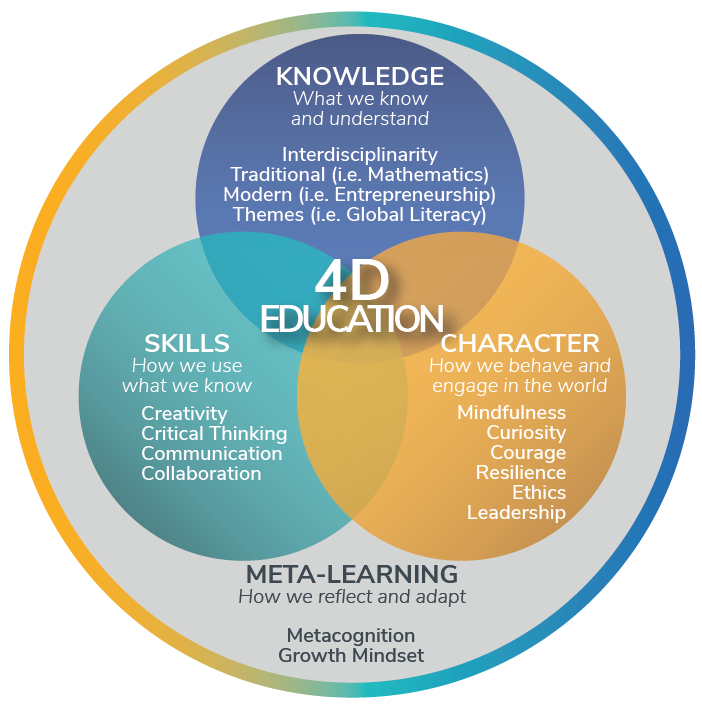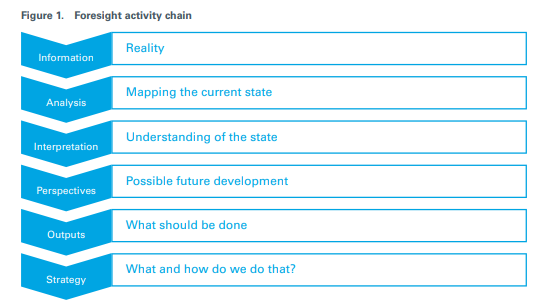
Course Content
-
Skills Needs Identification
In the following course section, the learner will find a brief introduction and materials that will support the skills foresight. Different methodologies and theories will be presented. The purpose is to give potential knowledge and tools that will support trainers, teacher's leaders, and other relevant stakeholders with knowledge on the making sense of emerging labor market trendsThe approximate time for the module completion is 2 hours.

-
Skills anticipation and technology foresight have until very recently existed as separate fi elds in more-or-less isolated expert and policy-making environments. As part of the project Applying the G20 Training Strategy, the ILO and Moscow School of Management SKOLKOVO started to develop Skills Technology Foresight, a new tool of skill needs anticipation. It is an attempt to bridge the two areas of research and planning to introduce a technology foresight-based method of skills anticipation built around international best practices
-
Foresight supports decisions in areas that involve long lead times, such as education and training, and long-term labour market planning. This document describe a ain types of the skills fostering.
-
The ESCO skills pillar distinguishes between i) skill/competence concepts and ii) knowledge concepts by indicating the skill type.
-
With structural shifts in the labor market, future skills research is a topic of interest. Skills foresight is an approach for anticipating future skills. Methods and tools are required to identify future skills needs. This study aims to understand the use of methods and tools in skills foresight. The literature review identified 26 methods and tools, and their objectives applied in skills foresight studies. Identified methods and tools were classified according to the stages of a foresight study and to the frequency of appearances. To present relationships between methods and tools, a combinations matrix was created. Comparing methods and tools in skills foresight to methods and tools in foresight revealed that the use of methods and tools in skills foresight studies is similar to the use of methods and tools in general.
-
The European Skills Agenda is a five-year plan to help individuals and businesses develop more and better skills and to put them to use
-

